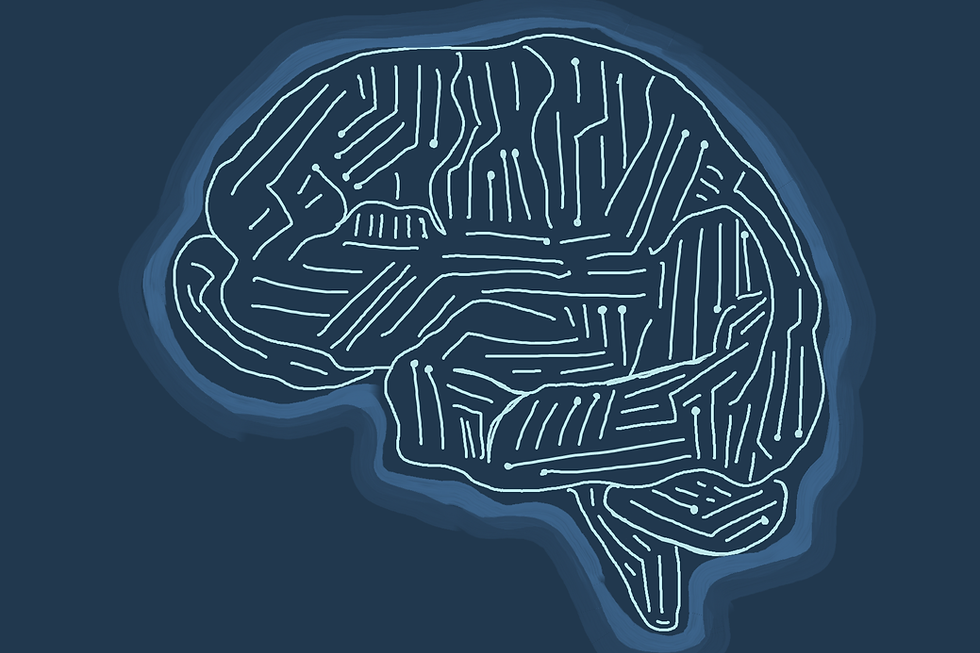Memory and Emotion Hubs During Sleep
- The Natural Philosopher
- Sep 29, 2017
- 2 min read
Updated: Aug 22, 2018
By Harriet Milligan
It is commonly known that there is a connection between emotion and memory. This is shown in everyday life as well as in the proximity of the structures controlling emotion and memory in the brain. Both are part of the limbic system, found towards the center of your brain underneath the cortex. The hippocampus, one of the structures in the limbic system, is often associated with learning and memory. Strong emotions, particularly experiencing fear and feeling threatened are processed by the amygdala which is located at the end of the hippocampus.
In a recent study, Girardeau et al. explored the mechanism behind the connection between the hippocampus and amygdala in relation to context-dependent emotional memory. These emotional memories were those related to feelings of fear. The purpose of this experiment was to find the link between the spatial representation of the context and the associated emotional connection.

Research was done on rats which ran on a track and learned the location of a threatening air puff. The air puff was only administered in one direction, meaning the direction on the way back had no threat and was denoted the “safe direction”. Memory was quantified by having the rats run before and after a training session which utilized the puff of air. If the rats slowed down in the “danger zone” after the training session, it meant they remembered the location of the puff of air. Firing of electrical impulses in the amygdala and hippocampus was tracked using probes during running as well as during sleeping periods, which occurred before and after the training session.
When the results were analyzed the researchers found a significant increase in reactivations between the hippocampus and the amygdala during the non-REM sleep after the training session. Non-REM (non-Rapid Eye Movement) sleep is considered dreamless sleep, characterized by slow breathing and heartrate as well little movement. Non-REM sleep is compared to REM sleep which is when vivid dreams occur. The results suggest that during this sleeping period of non-REM there was increased activity and communication between these two areas of the brain.
After the post-training sleep, Girardeau et al. found that the rat slowed down before the predicted location of the air puff then accelerated once past it. This shows that the rat remembered the location of the threatening air puff and adjusted its behavior accordingly. The slowing down and acceleration only occurred in the direction that the air puff was administered during training; the safe direction did not show the same reactivations. The physical reactions on the track matched up with the electrical activity in the brain found during sleeping when the memory was strengthened.
These results suggest that context-dependent emotional memory is consolidated during non-REM sleep. The consolidation means the memory pathway is strengthened and turns into long term memory, which is more stable and lasts longer. Though more tests need to be performed to directly support the consolidation of contextual fear, these findings can be a starting point for a greater understanding of the mechanisms behind threats and memory.


Comments